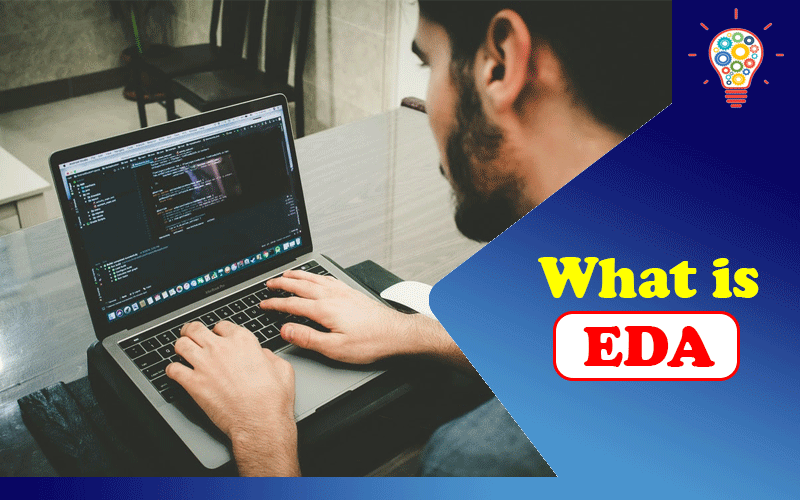If you have been looking into the field of data science and business intelligence, the chances are high that you have been asking yourself, “What is EDA?” EDA stands for Event-Driven Architecture. Another term regularly associated with this particular architectural system is “asynchronous communication.” An EDA is a software design pattern that can enable rapid subscription and publishing of business events. The main characteristics of this data analysis system are that it operates based on the occurrence of events, filters data for the appropriate receiving applications, and routes the event information to subscribers.
An event-driven system is utilized in a situation where decoupled or loosely coupled, applications are present. Decoupling refers to the process of splitting applications into smaller components called microservices. These microservices can communicate without retaining specialized knowledge about where the information originates or to what location it is being sent out. Microservices are relevant because they can dramatically improve the agility of your current system. Event-driven architecture’s main function is the facilitation of effective communication among microservices.
Table of Contents
What is an event broker?
If you want to understand what an EDA is, the first question you need to ask is whether you understand its components. The most important part of an EDA is the event broker. This is the hub that registers events and subscriptions and handles distribution of the same. Think of an event broker as the middleman of an event-driven system.
How does EDA operate?
An excellent metaphor for understanding the workflow of an EDA is by imagining a retail company’s email subscription service. When you make an online purchase, you’ll enter your email address for the receipt and order information. Some companies then give you a choice as to how they are allowed to use your email address in the future. There may be checkboxes indicating that you would like to receive order updates only, order updates and coupons only, or order updates, coupons, and a company newsletter. By checking the box marked “order updates and coupons only,” you have subscribed to email notifications regarding the same.
You are the subscribing application, and the events you have subscribed to are order updates and coupons only. The company’s email filtering system acts as an event broker in that it receives information from a company source regarding order updates, coupons, and newsletters. Then, it filters that company data to ensure the subscribers are only receiving the event notifications they want. For instance, when your package ships, you will receive an email. When the monthly newsletter comes out, you will not. You don’t need to email the company to track your order, and you won’t receive irrelevant updates. Similarly, when utilizing EDA techniques, you won’t need to worry about requests and responses. As soon as the event triggers the event broker, it will instantaneously distribute data to the appropriate parties.
How does the event broker know how to route events?
EDAs filter data by using a hierarchical text string called a “topic.” This topic tells publishers where to send events. By registering their interest in a specific event, applications can ensure the proper delivery of events by the event broker. The only information subscribers need to supply are the events they need. The event broker will execute the remainder of the data filtration process.
EDA utilizes several concepts that benefit the system’s productivity and accuracy. These include choreography, deferred execution, event mesh, and eventual consistency. Proper in-depth analysis and additional EDA resources are available on TIBCO’s website, an industry leader in data science software. Overall, EDA has replaced the traditional architectural system of request and response data mining, making it a more efficient method.
Read Also: 7 Key Benefits of Counselling Services



